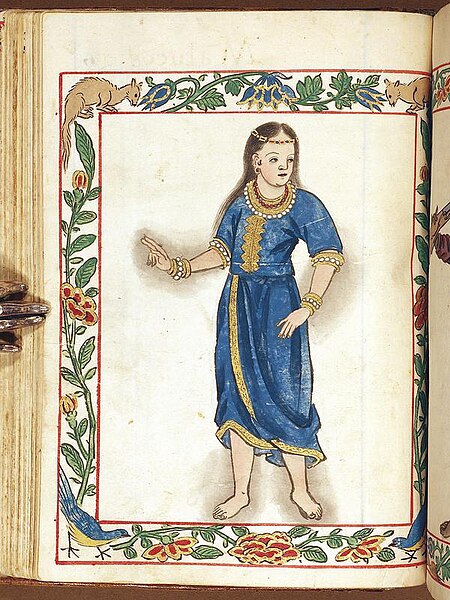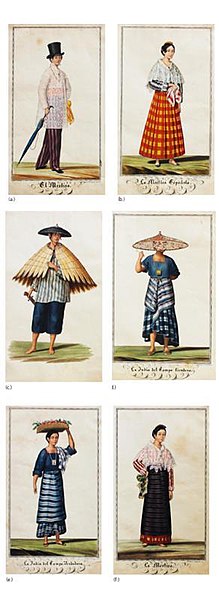Filipino Americans are Americans of Filipino ancestry. Filipinos in North America were first documented in the 16th century and other small settlements beginning in the 18th century. Mass migration did not begin until after the end of the Spanish–American War at the end of the 19th century, when the Philippines was ceded from Spain to the United States in the Treaty of Paris.
Five images of the Filipino settlement at Saint Malo, Louisiana
A Filipino fusion food truck in the greater Los Angeles area
A Filipino fusion food truck in the San Francisco Bay Area
Quarters for Filipino workers at a salmon cannery in Nushagak, Alaska in 1917.
Filipinos are citizens or people identified with the country of the Philippines. The majority of Filipinos today are predominantly Catholic and come from various Austronesian peoples, all typically speaking Filipino, English, or other Philippine languages. Despite formerly being subject to Spanish colonialism, only around 2–4% of Filipinos are fluent in Spanish. Currently, there are more than 185 ethnolinguistic groups in the Philippines each with its own language, identity, culture, tradition, and history.
The Negritos are descendants of one of the earliest groups of modern humans to reach the Philippines
Binukot from Visayas, c. 1590 Boxer Codex
Tipos del País works by Justiniano Asuncion
Economic Life in Spanish Colonial Philippines, with Native and Sangley Chinese traders








